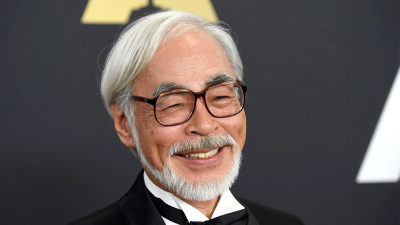Montony is interested in all styles of music, but his chosen style is rap and his taste in this style of music is brilliantly displayed.
Montony says that Persian hip-hop and especially the part we are looking for, “rap music”, can be recognized as a mature and established artistic style when it can satisfy its followers and professional listeners in all dimensions such as musical, content, moral, cultural and… to satisfy.
Unfortunately, this feature has not been used in the correct way for a long time, and during this time, we have seen that most of the professional rap listeners have given up on Persian rap and started traveling to American hip-hop music or other styles of music.
The reason for this is the ineffectiveness of Persian hip-hop by factoring in the taste dimension. In order for Persian rap to reach a level that pleases the mood of professional listeners, it needs to be professional in all aspects.
In order to achieve such goals, listeners of this style need to value their personality and their ears.
Don’t accept any song, don’t adapt to any situation and be a good critic to force the singer to behave professionally and increase the quality level of their production. Music is for listening and also for living.
The position of rap music in Iran
The spread of Persian rap underground and through the Internet, especially considering that most of the underground works were full of profanity, caused the Music Office of the Ministry of Education to be strict about granting licenses to works of this style.
Some time after a piece in the Persian “rap-pop” style in the title of the TV series “Khane Be Doosh” was broadcast on one of the Iranian television channels, the music office of the Ministry of Guidance in a letter to the Broadcasting Organization about broadcasting a song in this style from Media such as television complained. Also in 1384, the first Farsi “rap-pop” music, the song Meno Bebin, was created by Daria Muntaser, Emad and Bahman Faraji, and it was broadcasted on BBC radio. “Don’t Say Deira” was released, in one of its tracks, parts were sung in rap style by Yas.
There were rumors about the lack of permission for this album or the approval of rap music, which was finally dispelled by the official approval of the permission of this album by the Ministry of Culture and Islamic Guidance of Iran.
The image that was promoted of rap music in Iran sometimes associated it with currents such as Satanism. On October 25, 2007, a program was broadcast on one of Iran’s television channels, which, according to its producer, showed viewers that satanism has nothing to do with rap music, however, according to some critics, this program actually had an image effect on its viewers.
In recent years, there has been an increase in the number of rap groups inside Iran. Also, the Persian songs of a number of rap groups outside Iran are published in Iran through the Internet. Due to the fact that obtaining a license from the Ministry of Culture and Islamic Guidance for the legal distribution of musical productions has not been practically possible for these people, and due to the lack of legal electronic publication and copyright rights, the distribution of these songs through the Internet is limited. Most underground rap groups promote their work through websites and personal blogs.















